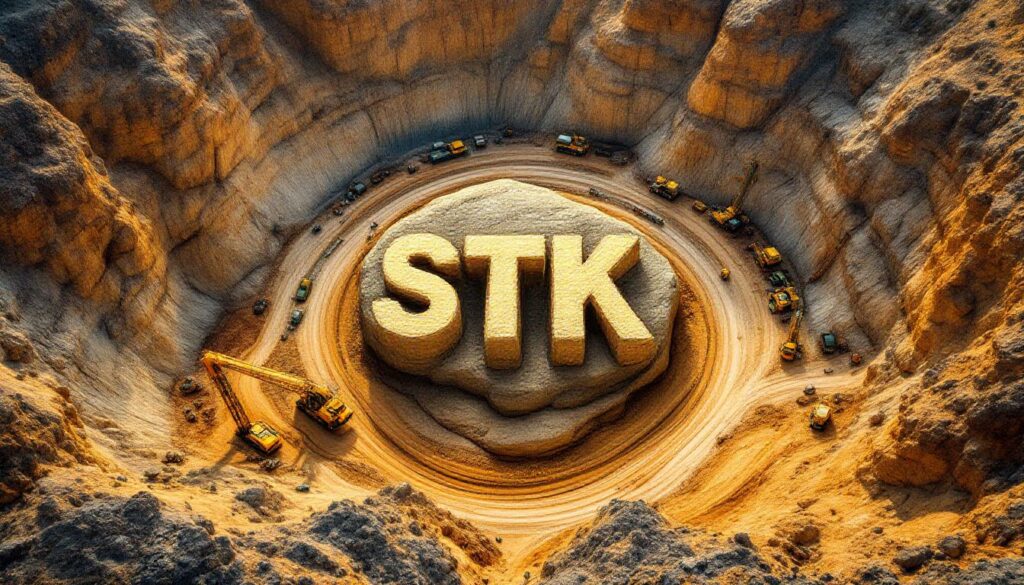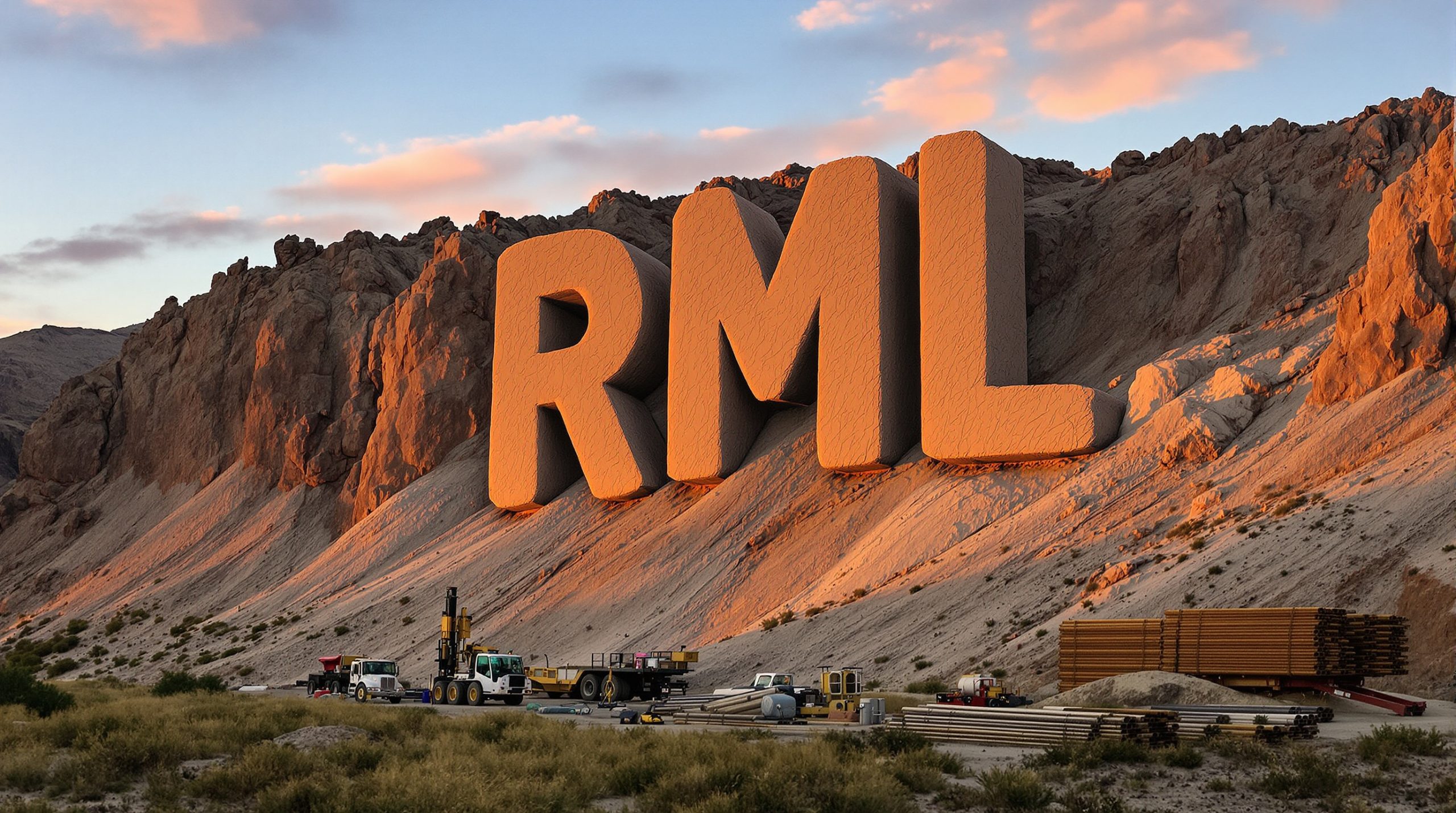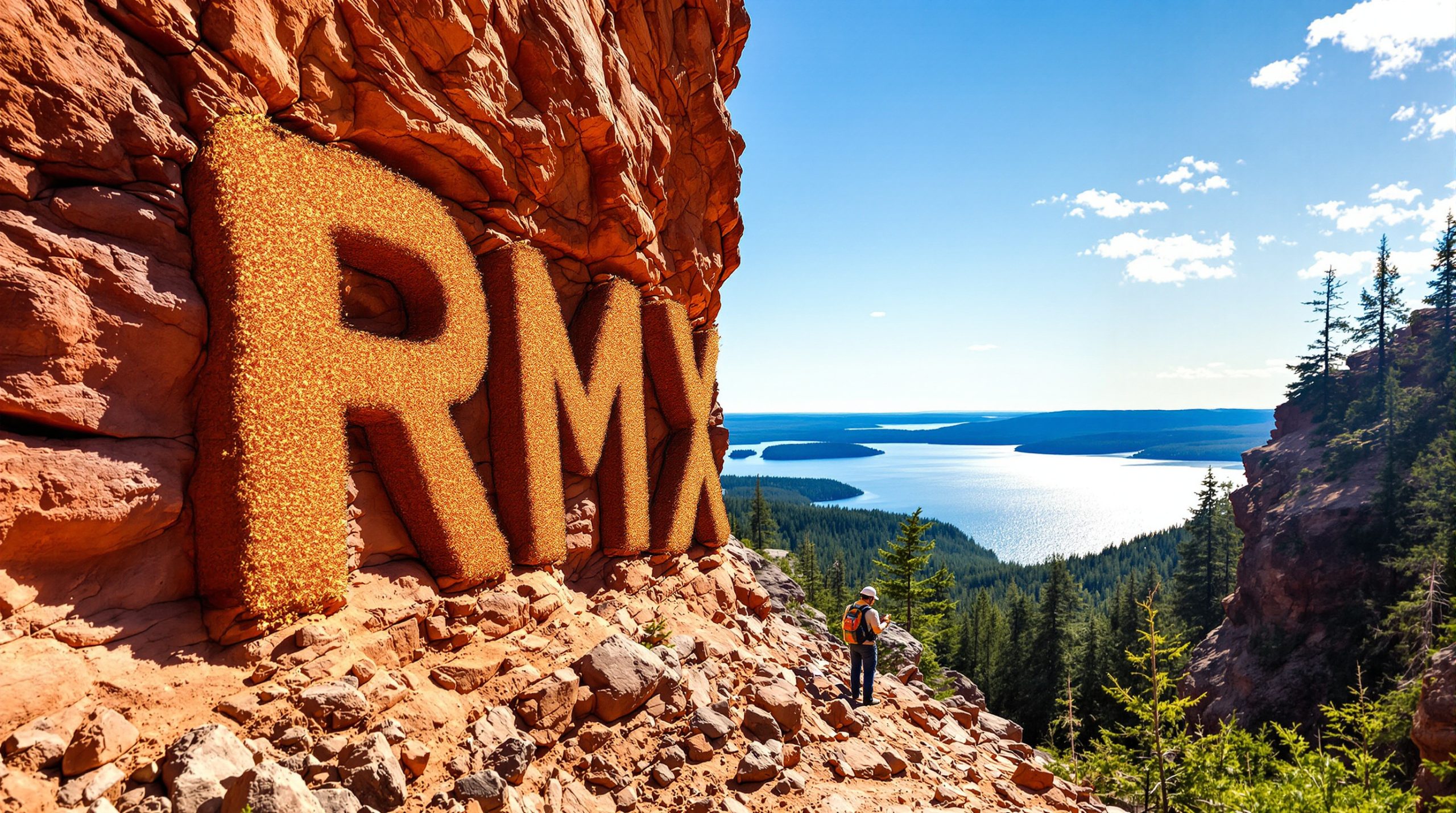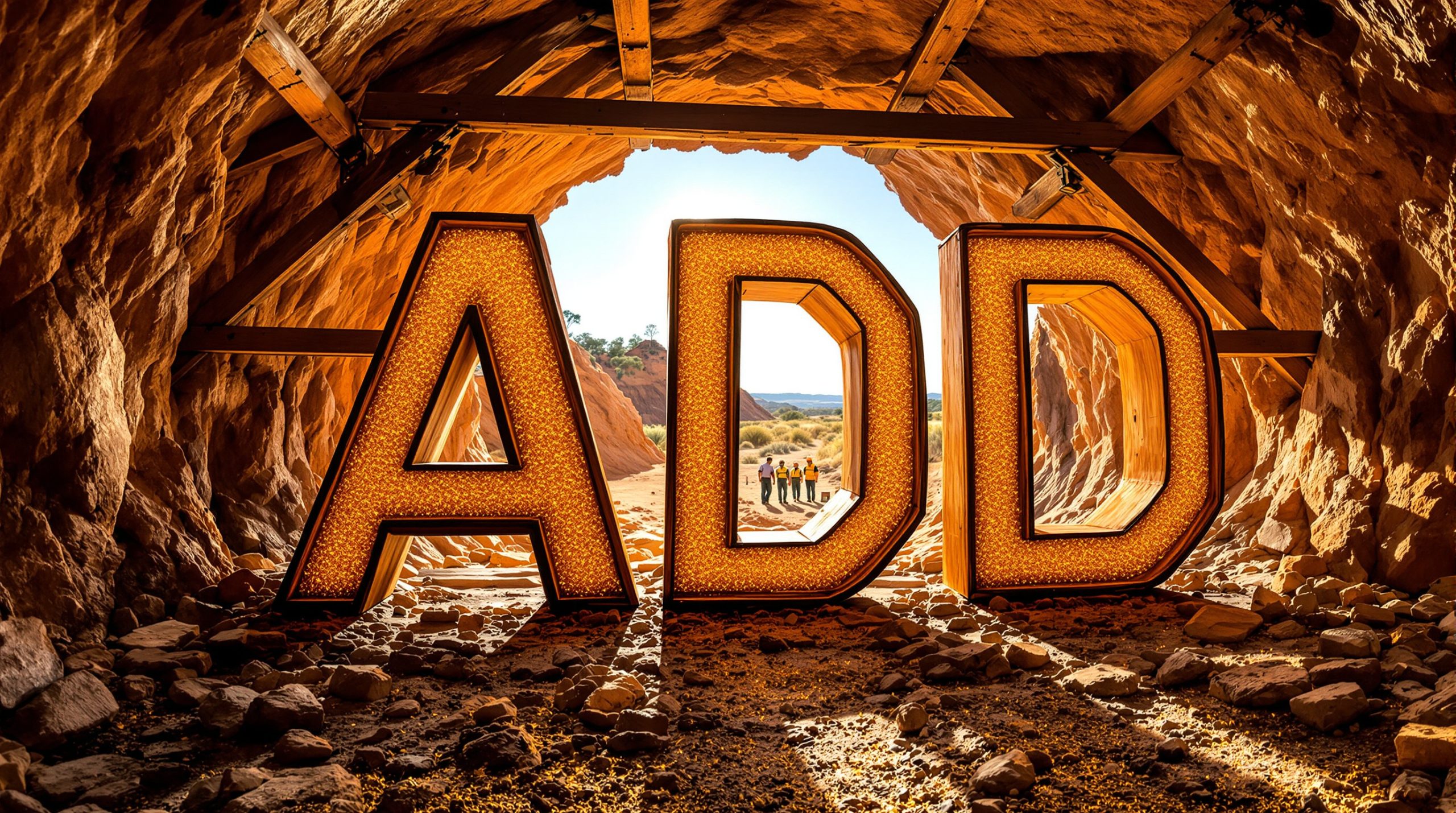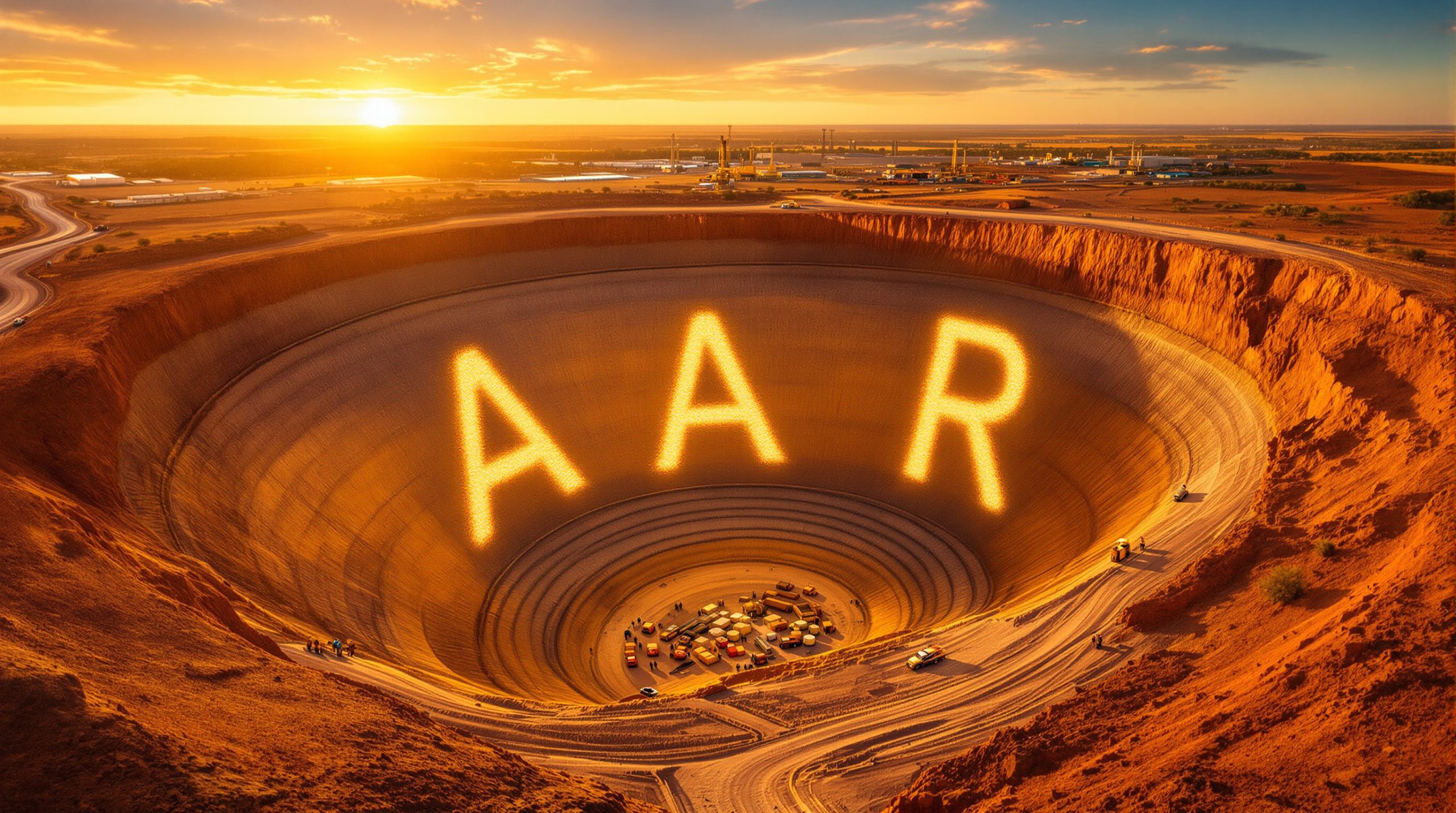Impressive Gold Intercepts at Gradina Advance Path to Maiden Resource
Strickland Metals (ASX: STK) has revealed compelling new diamond drilling results from its Gradina Prospect, showcasing multiple high-grade gold intercepts that reinforce the growth potential of its Rogozna Gold and Base Metals Project in Serbia.
The latest drilling results highlight exceptional gold mineralisation with standout intercepts including 34.4m @ 2.6g/t Au from 329.5m (including 14.5m @ 4.4g/t Au) and 35.9m @ 1.2g/t Au from 521.1m. These results are part of Strickland's ongoing 50,000m 2025 diamond drilling campaign at the ~7.4Moz AuEq Rogozna Project.
"This latest batch of results from Gradina continues to demonstrate the continuity of the gold-dominant system towards the northern end of the deposit," said Strickland's Managing Director, Paul L'Herpiniere. "Importantly, the spatial distribution of these intercepts confirms our current geological model, indicating that the geometry of the mineralisation zone is consistent."
Recent Drilling Highlights
Several significant gold intercepts have been identified from recent diamond drilling at the Gradina Prospect:
| Hole ID | From (m) | Intercept | Gold Grade | Notable Inclusions |
|---|---|---|---|---|
| ZRSD25183 | 329.5 | 34.4m | 2.6g/t Au | 14.5m @ 4.4g/t Au from 332.1m |
| ZRSD25188 | 521.1 | 35.9m | 1.2g/t Au | 6.0m @ 2.6g/t Au from 549.0m |
| ZRSD25186 | 286.0 | 23.2m | 0.8g/t Au | 2.0m @ 3.2g/t Au from 288.0m |
| ZRSD25181 | 462.6 | 13.1m | 1.7g/t Au | 7.4m @ 2.5g/t Au from 466.0m |
Crucially, mineralisation at Gradina remains open in all directions, including up-dip towards the surface where strong geochemical responses are evident in soil samples. The mineralisation is also open down-dip, with drilling confirming thickening of mineralisation at depth.
Understanding Skarn Deposits at Rogozna
The gold mineralisation at Gradina represents a classic skarn-hosted deposit, where gold is primarily associated with silicified brown-garnet skarn and strong pyrrhotite alteration, with lesser amounts of pyrite, galena, and sphalerite.
Skarn deposits form when hot, mineral-rich fluids from cooling magma interact with carbonate rocks like limestone, creating zones of altered minerals that often host valuable metals. At Gradina, the geometry of the mineralisation follows the bedding of the carbonate sequence, with moderate dips to the south-west in the northern part of the deposit.
What Are Skarn Deposits?
Skarn deposits are a type of mineral deposit formed at the contact between intrusive igneous rocks and carbonate-rich rocks such as limestone or dolomite. These deposits form through a process called contact metamorphism, where hot, mineral-rich fluids from a cooling magma body react with the surrounding carbonate rocks, resulting in a complex exchange of elements.
The term "skarn" refers to the altered rock that results from this process, typically containing calcium and magnesium-rich silicate minerals like garnet, pyroxene, and amphibole. These minerals replace the original carbonate minerals in the host rock.
Skarn deposits are particularly important in the mining industry because they often contain economically significant concentrations of metals such as gold, copper, zinc, lead, and silver. The mineralisation in skarns is typically associated with specific mineral assemblages that form during different stages of the skarn-forming process.
At Rogozna, the skarn deposits show typical characteristics with silicified brown-garnet skarns hosting gold mineralisation associated with sulphide minerals including pyrrhotite, pyrite, galena, and sphalerite. The predictable geometry of these deposits, following the bedding planes of the original carbonate rocks, makes them attractive exploration targets once their pattern is understood.
These geological characteristics are important for investors to understand as they indicate the potential for continuous, predictable mineralisation zones that can be efficiently targeted and potentially mined.
Accelerating Toward a Maiden Resource
Strickland is aggressively advancing exploration at Rogozna with eight diamond drilling rigs currently operating across the project. Five rigs are dedicated to resource drilling at Gradina, positioning the company to deliver a maiden Mineral Resource Estimate by late 2025.
Drilling has now moved to the southern end of the Gradina deposit, with the five rigs focused on testing for up-dip extensions to the mineralisation and in-fill drilling of stronger mineralisation zones.
The company is also conducting exploration at other prospects within the Rogozna Project, with one rig at Shanac and two rigs exploring additional targets. Assay results are pending for several holes from Gradina, Shanac, and Kotlovi, with further results expected in the coming weeks.
Strong Financial Position Supports Aggressive Exploration
Strickland remains extremely well-funded to continue its ambitious exploration program, with $34.8 million in cash and liquid assets as of March 31, 2025. The company's financial position was further strengthened by a $5 million strategic investment by Zijin Mining after the end of the March quarter.
This strong cash position allows Strickland to maintain its accelerated exploration approach without the immediate need for additional capital raising, providing investors with reduced dilution risk in the near term.
Why Investors Should Track Strickland Metals
Strickland Metals presents a compelling investment case for several key reasons:
-
Scale of the Resource: The Rogozna Project already hosts ~7.4Moz AuEq in inferred resources, positioning it as a significant gold and base metals project in Europe.
-
Exploration Momentum: With eight drilling rigs operating and consistent high-grade results, Strickland is rapidly advancing understanding of the deposit and adding potential value.
-
Strategic Location: The project is located in Serbia, providing access to European markets and infrastructure.
-
Strong Balance Sheet: With $34.8 million in cash and liquid assets plus a recent $5 million strategic investment, Strickland is well-funded to execute its exploration strategy.
-
Clear Path Forward: The company has outlined a definitive timeline for delivering a maiden resource estimate at Gradina by late 2025, providing investors with a clear catalyst to monitor.
Geological Context of the Rogozna Project
The Rogozna Project is situated within the Serbian Cenozoic igneous province of the Alpine-Himalayan orogenic and metallogenic system, which overlaps the Serbo-Macedonian Magmatic and Metallogenic Belt. The project is located at the western branch of the Vardar Zone West Belt, at the border of two major tectonic units separated by a large fault zone trending northwest-southeast.
The basement rocks at Rogozna comprise serpentinites overlain by a Cretaceous succession of marls, limestones, and sandy-clays, which are in turn overlain by andesitic pyroclastics from an earlier stage of Cenozoic volcanism. These units have been intruded by later Cenozoic magmatism represented by quartz-latitic to trachytic dykes and stocks, which have created extensive skarn alteration at the contact between the limestones and intrusions.
Mineralisation at Rogozna, including at the Gradina Prospect, represents a large-scale magmatic hydrothermal system hosting a skarn-based Au-Cu ± Zn, Ag, and Pb mineralised system. Most of the mineralisation is associated with retrograde skarn development in spatial association with quartz latite dykes. Copper generally occurs as chalcopyrite in association with pyrrhotite and pyrite, and less commonly with sphalerite and galena.
The continued success of drilling at Gradina, with mineralisation remaining open in all directions, suggests significant potential for resource growth as Strickland advances toward its maiden resource estimate for this gold-dominant deposit by late 2025.
Ready to Tap Into Serbia's Next Major Gold Discovery?
Discover why Strickland Metals' impressive gold intercepts at the Gradina Prospect could represent a significant investment opportunity in the European mining sector. With mineralisation open in all directions, eight diamond drilling rigs in operation, and a clear pathway to a maiden resource estimate by late 2025, Strickland's Rogozna Project warrants serious attention from savvy investors. To learn more about Strickland Metals and their promising ~7.4Moz AuEq Rogozna Gold and Base Metals Project, visit their website for comprehensive investor information.
